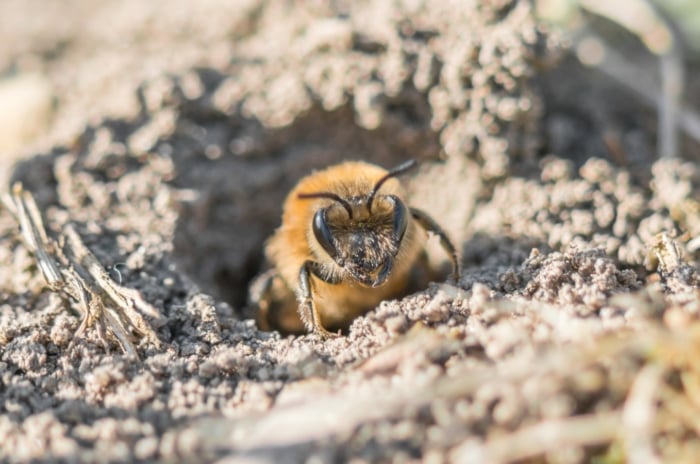How to Plant, Grow, and Care for Rudbeckia Maxima
Rudbeckia maxima, or giant coneflower, is a deer-resistant ornamental wildflower type you must grow in your garden! Kevin Espiritu will share all the tips and tricks you need to get the best out of these giants in the garden.
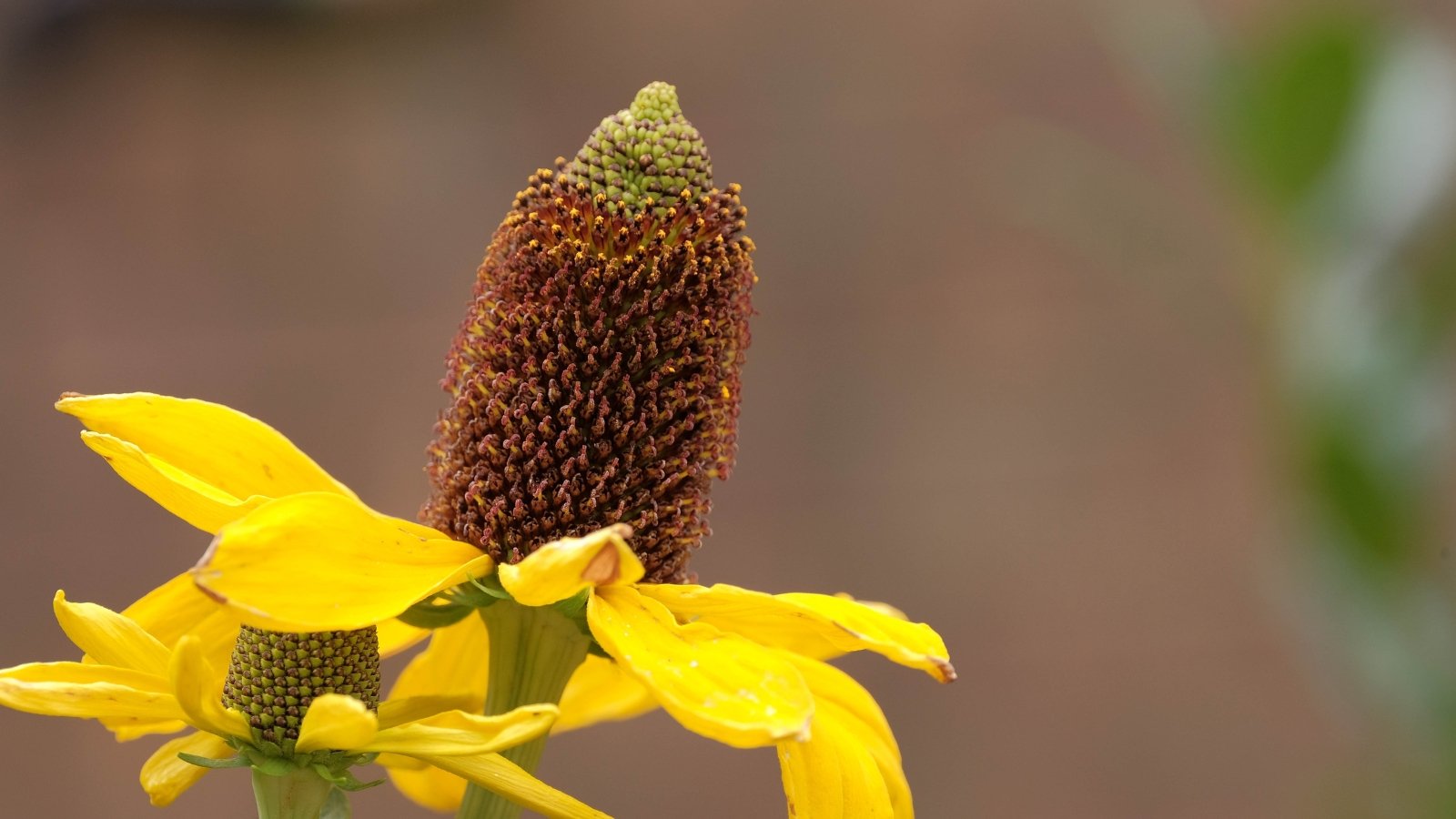
Contents
The giant coneflower or great coneflower is a favorite among novice and seasoned gardeners. It’s easy to care for, and its flowers attract gorgeous butterflies! Perfect for a cottage garden, Rudbeckia maxima also provides a stunning display.
Scientifically known as Rudbeckia maxima, these plants have striking waxy green-blue leaves that appear in rosettes. The foliage has cabbage-like blades which is why this plant is also known as cabbage leaf coneflower.
Whether you’re growing these for their color, size, drought-resistant characteristics as xeriscape plants, or simply as a cut flower for your gardens… let’s learn how to properly grow and care for them.
Plant Overview
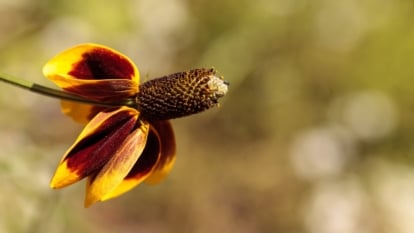
|
Plant Type
Flowering perennial
Family
Asteraceae
Genus
Rudbeckia
Species
Rudbeckia maxima
|
Native Area
Central and southern US
Exposure
Full sun to partial shade
Height
5-7
Watering Requirements
Low
|
Pests & Diseases
Powdery mildew, slugs, snails
Maintenance
Low
Soil Type
Well-draining
Hardiness Zone
4-9
|
What is Rudbeckia Maxima?
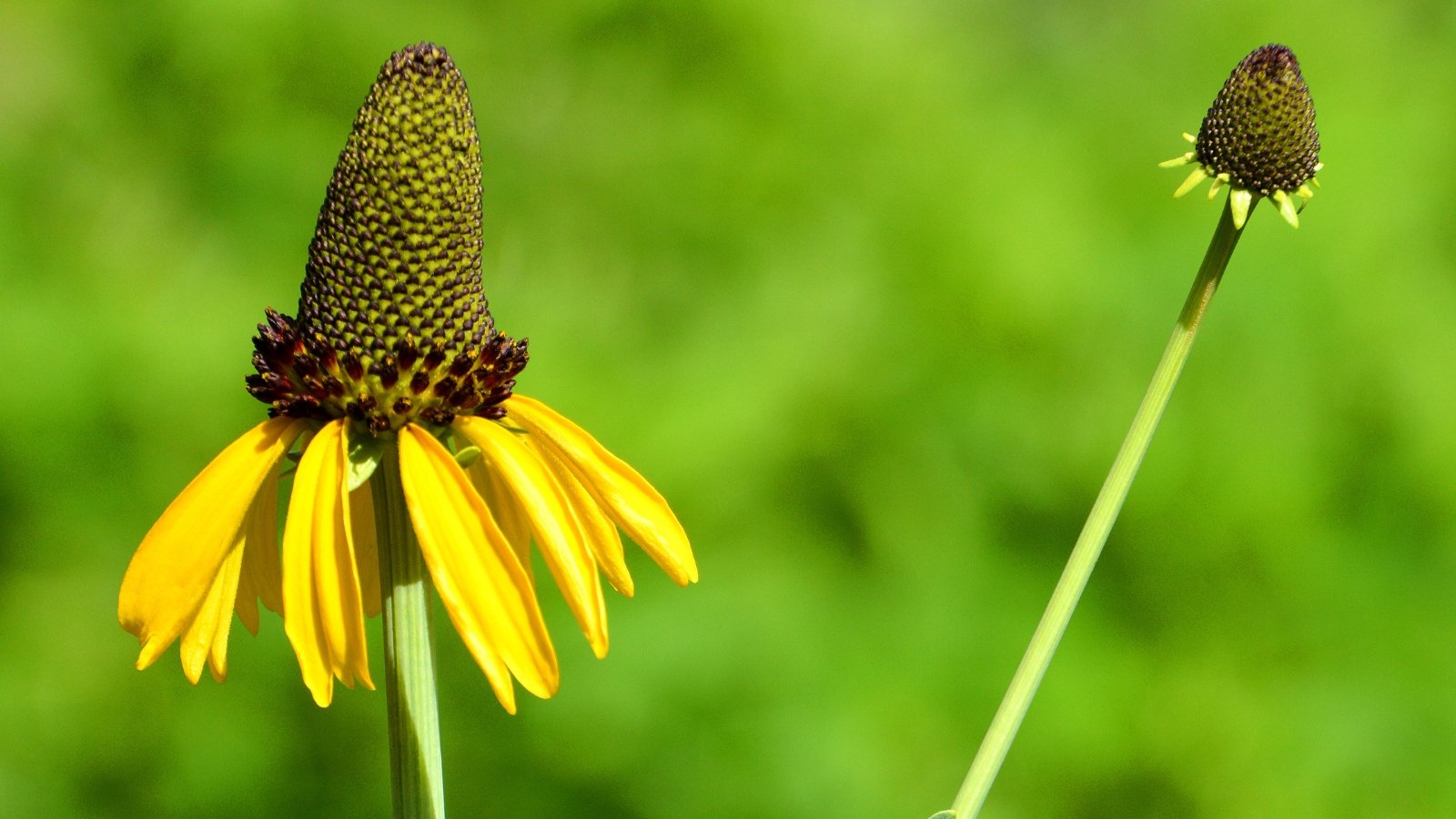
A wonderful wildflower, Rudbeckia maxima belongs to the Asteraceae plant family. This striking perennial is renowned for its tall architectural form. It is an excellent choice for pollinator-friendly gardens, wildflower meadows, and borders. Once established, Rudbeckia maxima is drought-tolerant and attracts bees, butterflies, and birds, adding ecological value to its aesthetic appeal.
Native Area
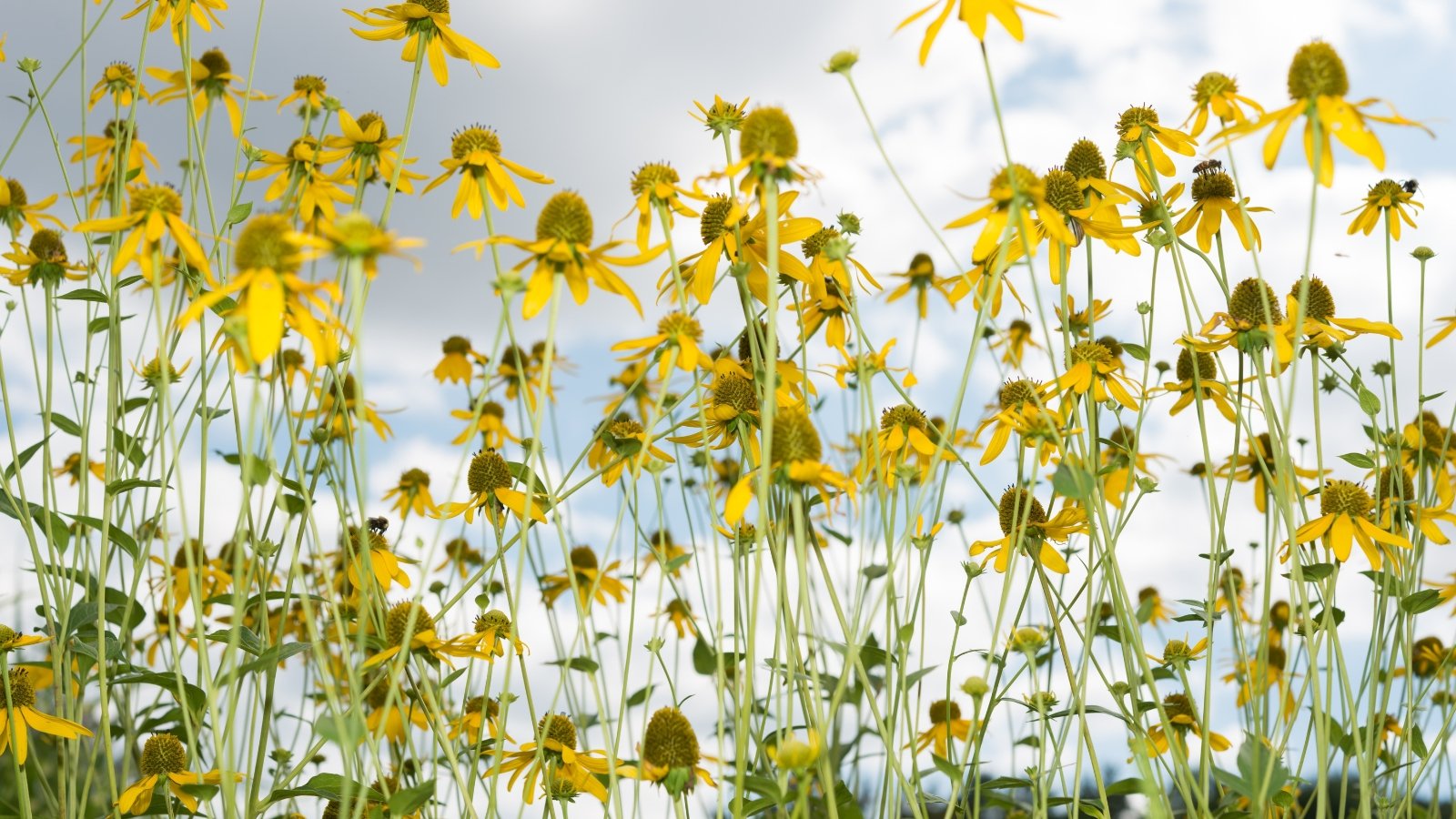
These plants are native to the southern United States (in Texas, Louisiana, Oklahoma, Arkansas, and South Carolina) and are found growing in moist and sunny locations such as pastures, prairies, meadows, and fields. Today people incorporate them in cottage gardens and pollinator gardens.
Characteristics
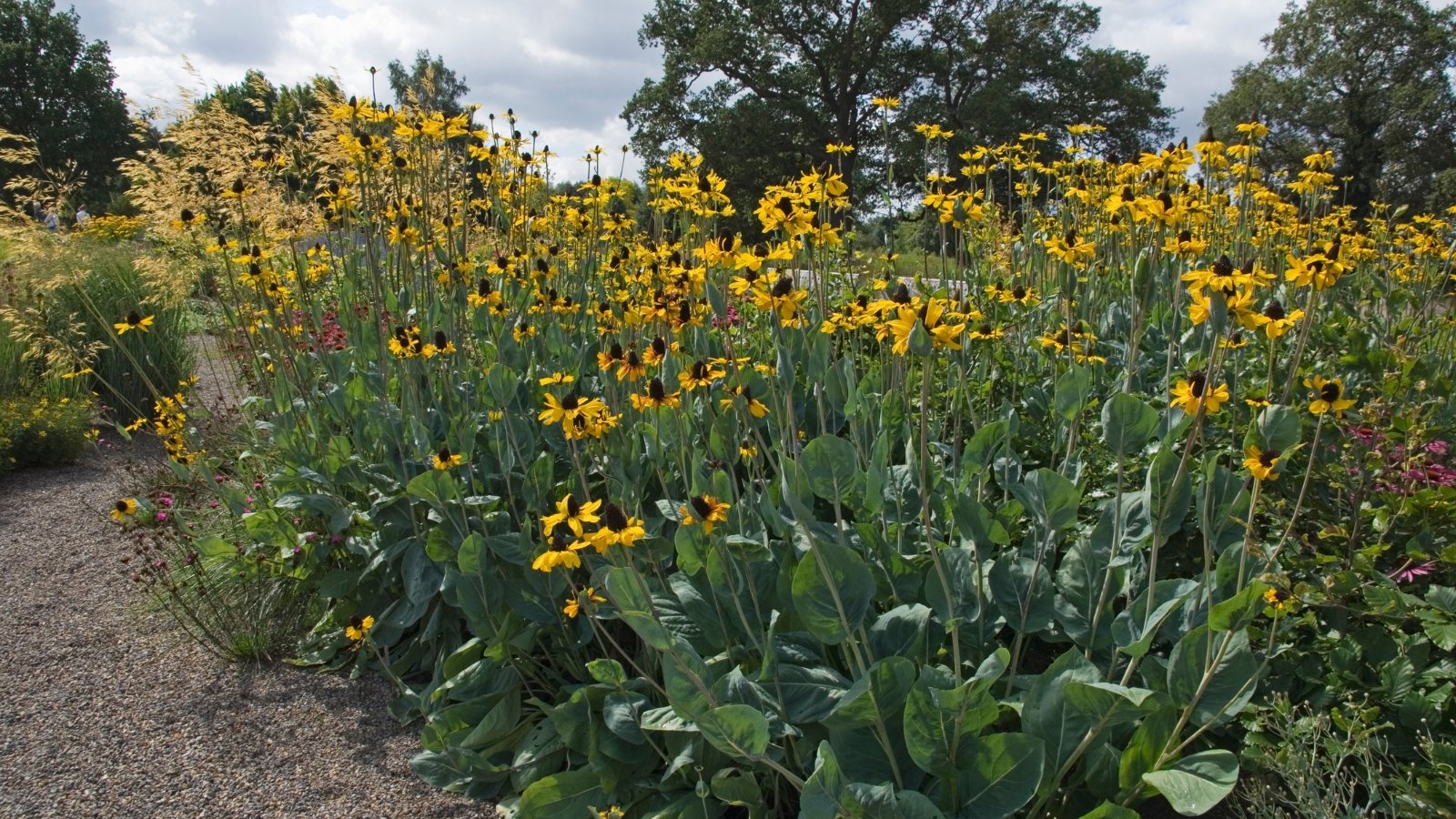
The plant has about five feet long, sparsely leafed flower stalks that sprout attractive blooms with bright yellow rays of daisy-like petals surrounding a big elongated bright brown cone made of seed heads. The plant’s bluish-green leaves relate to its common name, cabbage leaf coneflower.
The seed cones often persist through winters and attract goldfinches to your garden! The bluish leaves at the base are also attractive, as they form a basal clump right at the bottom of the plant.
Varieties
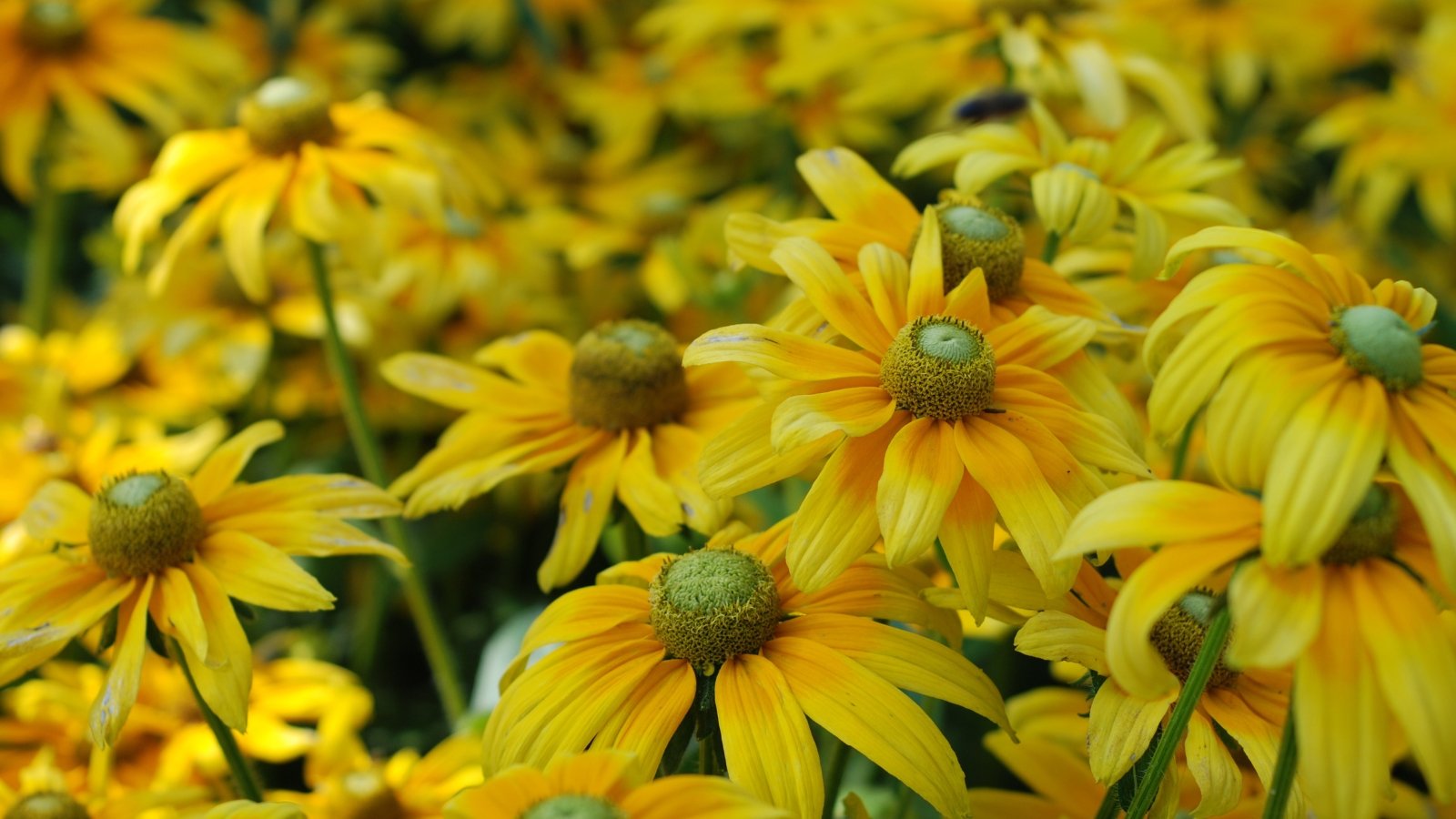
These are fantastic companion plants, especially in a cottage garden or pocket prairie, as the tall flower stalks and gorgeous yellow flowers combine well with other tall Rudbeckia varieties like Rudbeckia ‘Irish Eyes’ and Rudbeckia laciniata. These plants are native to a large portion of the southern US and don’t require a ton of care once they’re established.
Planting
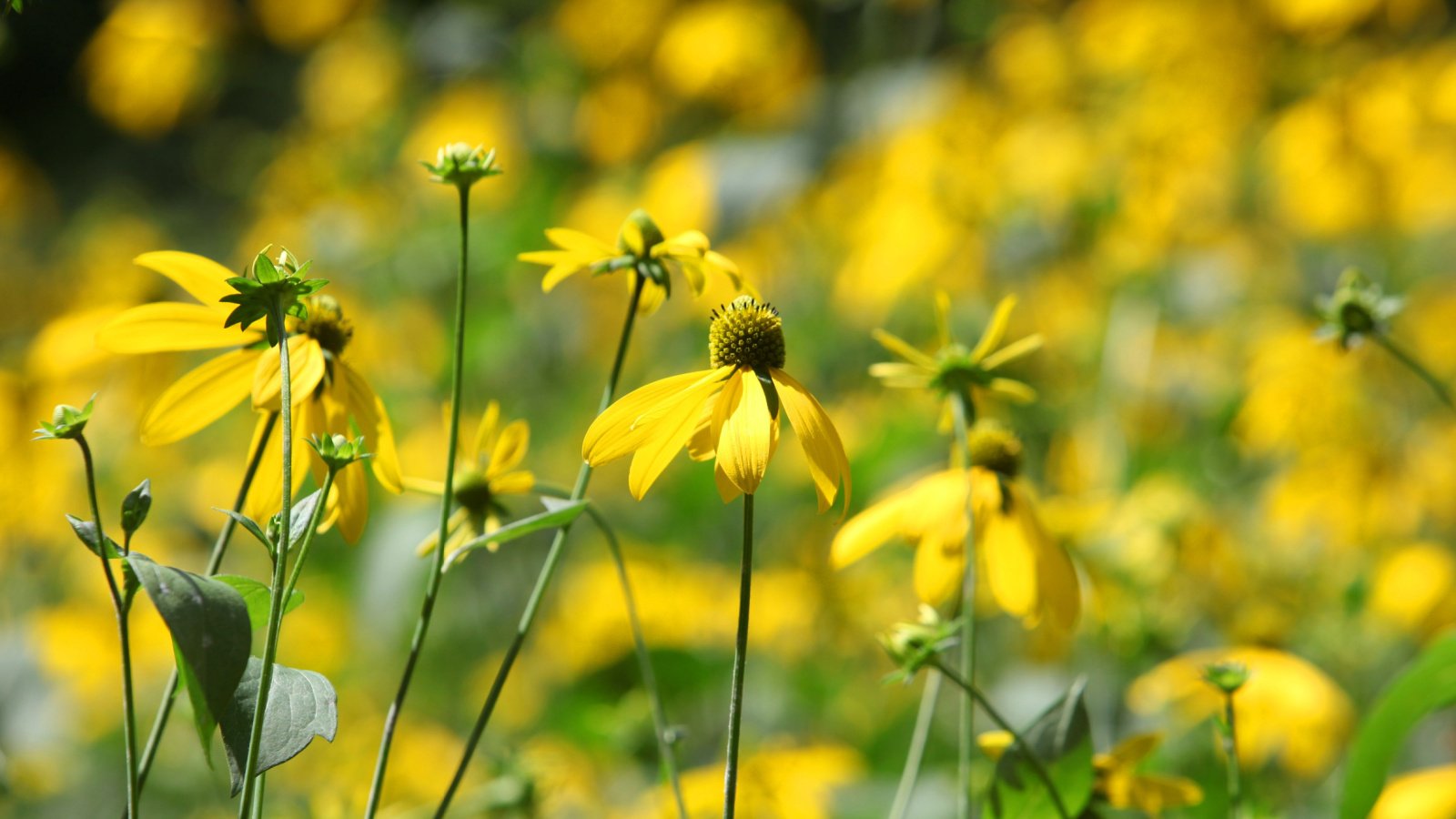
Prepare the area for planting by loosening the soil to a depth of 12-16 inches and mixing in compost to improve drainage and fertility. Space the plants 24-36 inches apart for their mature size and spreading habit. Dig a hole slightly wider and deeper than the plant’s root ball. Place the plant in the hole so the top of the root ball is level with the soil surface, then fill in with soil. Firmly press the soil down and water thoroughly to settle the roots.
Apply a two to three inch layer of mulch around the base to retain moisture and suppress weeds. Once established, Rudbeckia maxima requires minimal care and is drought-tolerant, making it ideal for low-maintenance landscapes.
How to Grow
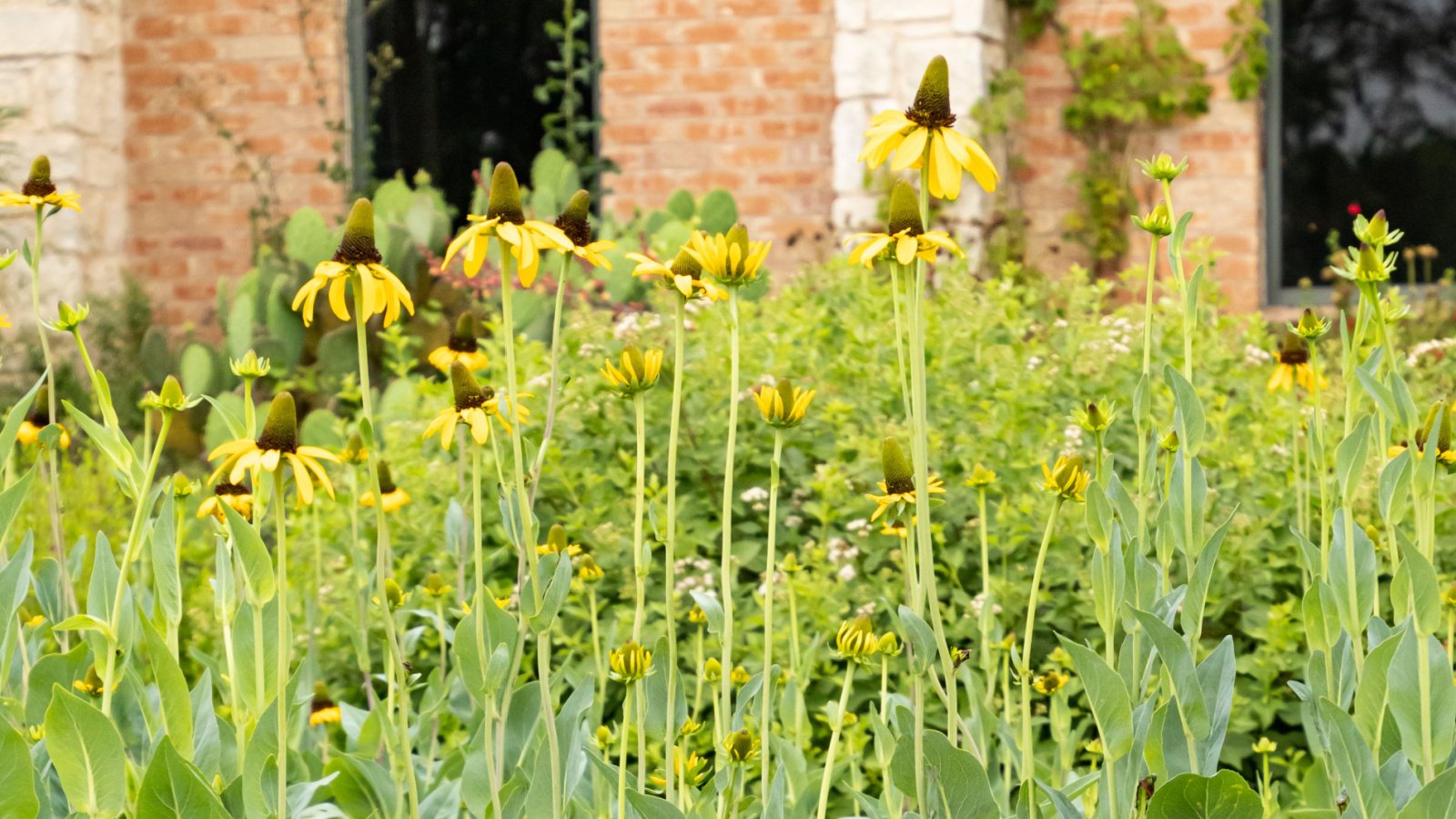
You can grow these plants in mass plantings on the edges of your water garden or in your wildlife garden. You can also grow them around your house as their sparsely leaved flower stalks act as protectors for other plants. The long flower stalks are moderately deer resistant too.
Light
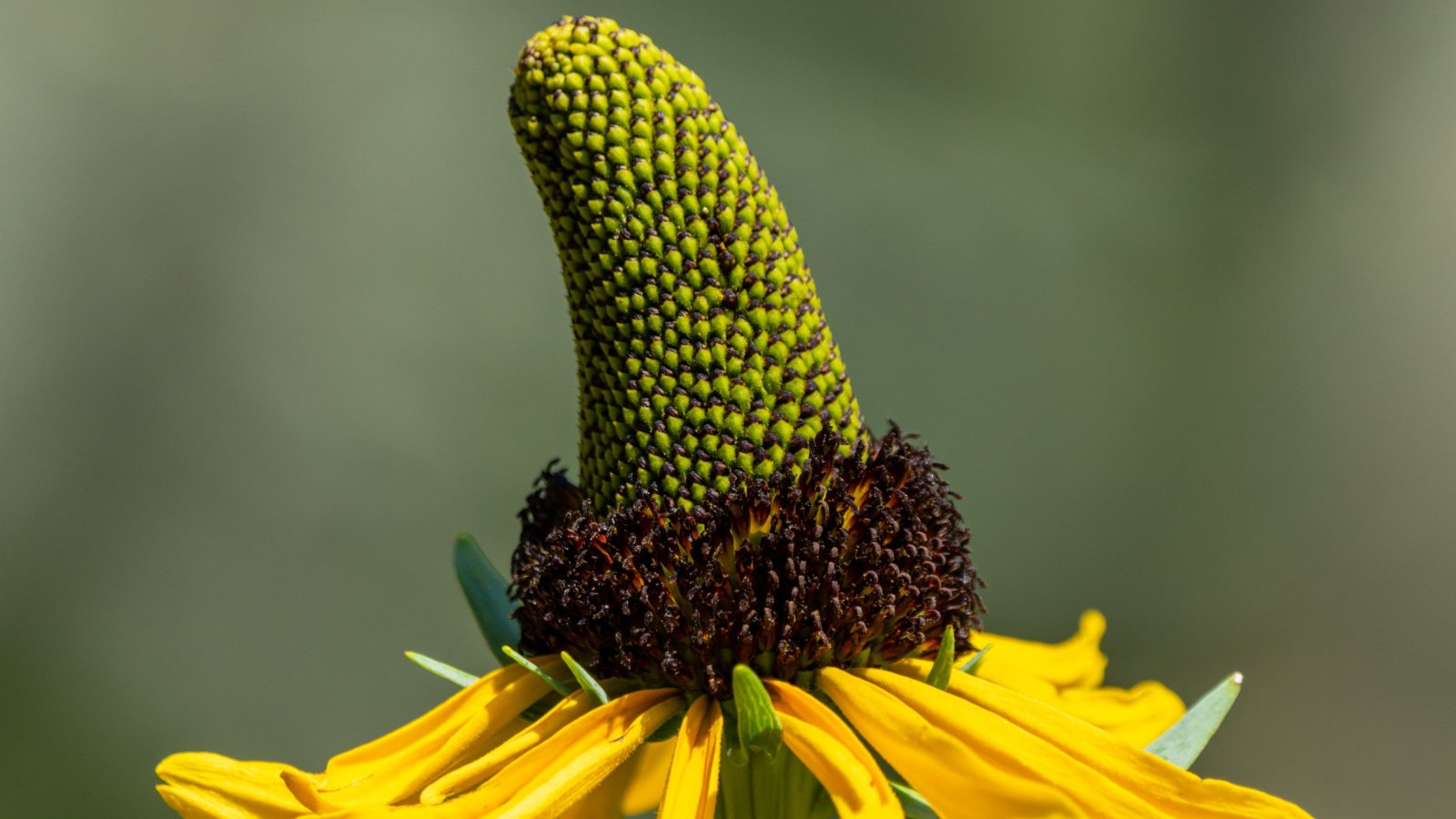
A giant coneflower plant needs lots of sunlight to thrive. It can also grow in mostly sunny locations, but also tolerates light shade areas of your garden. However, too much shade will thwart the growth of your rudbeckia and prevent it from flowering. So, make sure to plant it under full sun to see the beautiful yellow blooms of the plant.
Morning sun is preferable to afternoon sun. In areas that are hot year-round, provide some light shade to limit the amount of watering needed.
Water
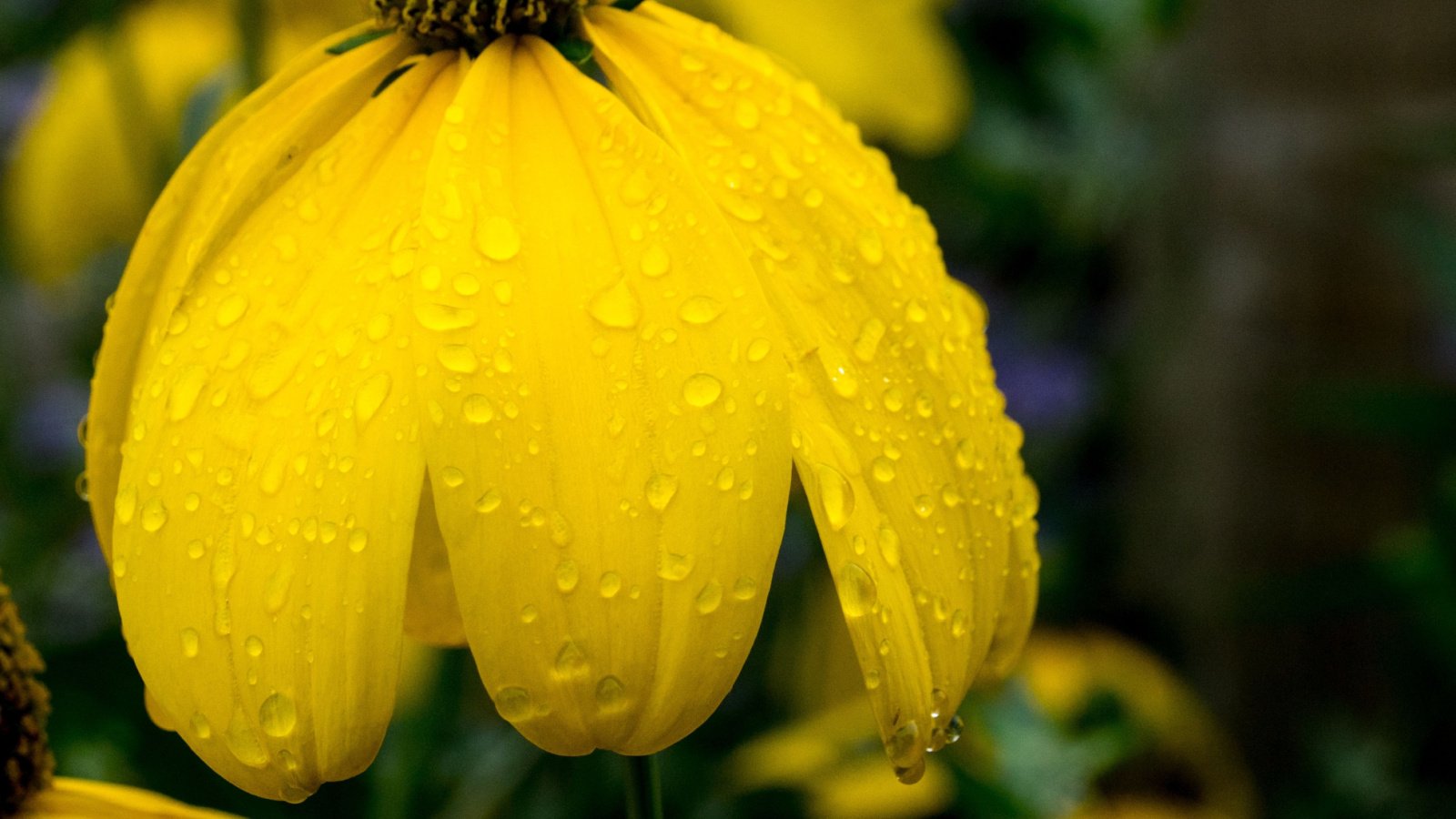
Great coneflower plants can be fairly drought-tolerant, but they grow taller and bloom much quicker in moist conditions. So, keep soil moisture relatively high during the growing season. Overwatering will cause rot and decay, so be sure not to drown the soil – an average or medium amount of water is fine.
In the heat of summer, water your plants at least a couple of times a week to keep them happy. As fall and winter arrive, you won’t have to water as much. Use morning irrigation routines that employ soaker hoses or drip irrigation to slowly and deeply water the plants, avoiding direct contact with basal foliage.
Soil

The perennial giant coneflower can tolerate a fairly wide range of soils – even flooded or drought-inflicted soils for short periods of time. However, they will truly thrive and reach their tallest height in moist, organically-rich sandy or clay soils. Sandy soils aren’t as suitable, and poor soils should be avoided if possible.
You can amend a sandy soil with well-rotted compost. Overall, well-drained soils are the key to success with these plants.
Temperature

Rudbeckia maxima thrive if you happen to live in USDA Plant Hardiness Zones ranging from 4 to 9. When temperatures dip below 40°F (4°C), your coneflower may brown and enter winter dormancy.
This is no issue as the seed heads are forage for small birds, the stalks harbor overwintering insects, and the plants readily self-seed to re-emerge in the upcoming spring.
Fertilizer

You can fertilize your plant by using organic fertilizers. However, this might be too much nutrition for a plant that tends to draw in essential nutrients from the soil. An annual dressing of rich soil or compost in spring or fall is enough to keep your giant coneflower happy. Too much fertilizer could make it so your flowers don’t perform as well.
Maintenance

Relocate your plant before new stem growth in spring. This will give the roots several weeks to fully form and adjust to their new soil. Make a hole at least eight to ten inches deep in the soil under full sun. Uproot your plant from its original pot or space in the garden without damaging the roots and place it in the center of the hole. Fill the hole with more soil and pat it to even out the surface. Water the plant until the soil is moist.
You can prune or deadhead your cabbage leaf coneflower so that new blooms appear during bloom time. However, leaving them provides winter food for songbirds, and the stalks house overwintering insects. Whichever you choose, when you cut your stalks, leave the basal foliage on the plant.
Propagation

These plants multiply from rhizomes via self-seeding and form vast colonies that cover a large surface area. You can also divide them every four years in spring. You may want to divide the rhizomes in fall if it is taking over an area of your garden.
To divide the plant in fall or spring, use the same process mentioned in the last section, but instead of moving the entire plant, locate growth points on the plant’s rhizomes, and carefully separate them into the size you desire. Then, plant them in the same way you would during a transplant or repot.
If you’d like to start the seeds yourself, broadcast them in trays. Before you sow them, place them in a bag of sand, and put it in the freezer for a couple of weeks. Then remove them and place them in the soil of your tray under a thin layer of soil or vermiculite. Keep the soil moist, and in about two to three weeks, they’ll sprout. Thin young plants to 12 to 24 inches as they mature.
Common Problems

If you cultivate your Rudbeckia maxima plant outdoors in your garden, then make sure to keep it in direct sunlight. It should get at least six hours of full sun exposure every day to thrive and grow to its tallest height.
Growing Problems

These issues arise when you grow giant coneflowers in improper conditions. Too little sun will slow growth and prevent blooms, and so will too much sunlight. Fertilizer and water applied in amounts that are too high or applied at the wrong time will decrease blooms overall.
Finally, if you don’t control some of the spread of the plant, it can self-seed and take over the garden. If you’re having issues with this, deadhead spent blooms, and spread the seeds elsewhere, or divide the plant.
Pests

You need to protect your Rudbeckia maxima plant from snails and slugs. These pests can attack your plants, leave huge holes in the foliage, and even eat your plant’s seedlings. To prevent such pests from attacking your plant, keep your garden tidy. Eliminate all hiding spots, such as fallen foliage. Make sure your soil is not too wet and shaded, as that type of soil is an ideal hiding spot for such pests.
Diseases

Powdery mildew is a fungal disease that your great coneflower plant can contract. It will harm the bluish-green leaves of your plant and turn them yellow. So, make sure to place your plant in direct sunlight and ensure proper spacing to increase airflow. Water properly, and don’t feed your plant fertilizer in winter.
Remove damaged foliage. Usually, when the weather gets hot and dry you won’t have as many issues with powdery mildew.
Frequently Asked Questions
How do I encourage more flowers to bloom on my great coneflower plant?
If you want more blooms, cut the spent flowers as that will encourage new growth. Also, make sure to plant it under full sun and keep it in moist soil. Some light shade is ok.
Can I divide my large coneflower?
Yes, the best time to divide it is in spring. Simply dig up the entire plant, split it, pick out any weeds or grass, and then re-plant it where you want.
Why are my Rudbeckia maxima not growing tall?
It is probably due to a lack of sunlight and moisture. While this coneflower tolerates light shade, it needs sun to thrive. Try to add increase watering and place them in a sunny location.
Where is Rudbeckia maxima native to?
Rudbeckia maxima is a native plant in the southeastern US, namely in Texas, Oklahoma, Louisiana, Arkansas, and South Carolina. It looks lovely in cottage gardens in zones 5 through 9.
How do you deadhead a Rudbeckia maxima?
You can cut the flower stalks to the base of the plant or simply remove the spent flower head.
What is the tallest Rudbeckia?
While you might think it’s maxima, it’s actually laciniata, which grows to 12 feet in some instances!
Does Rudbeckia bloom the first year?
While this one does, some flower in the fall of their second year.


